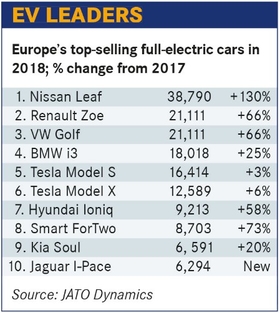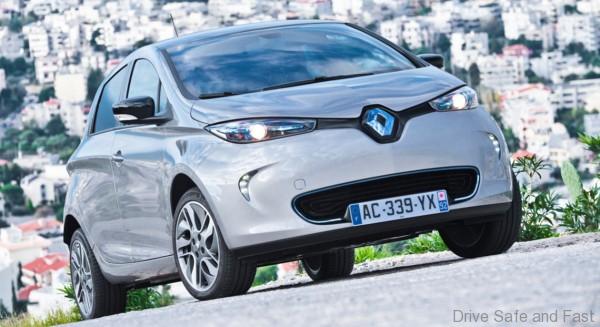With tougher CO2 emissions regulations taking effect in 2020, car manufacturers are fast pacing their EV developments and lineup to cater to a changing consumer need.

It is also no coincidence that 2020 is also when the EU will start fining automakers if they miss their stricter CO2 reduction targets that are being implemented to help reduce greenhouse gas emissions blamed for contributing to climate change.
Then it gets tougher still. By 2025, automakers will have to lower CO2 levels by 15% from 2021 figures and by 37.5% by 2030. Again, selling more plug-in hybrid cars helps the manufacturer soften its targets, set at a minimum 15% of sales from electrified cars and vans by 2025, rising to 35% of car sales and 30% of van sales by 2030.
Selling more electric cars in markets that currently have a low penetration of plug-in vehicles, such as eastern Europe, also boosts the credits.
This will have the intended effect and spur sales. In 2018, Europeans bought just under 190,000 electric cars and nearly 155,000 plug-in hybrids.
But this year those numbers are expected to jump to 300,000 electric cars and 250,000 plug-in hybrids, while the following year the combined total will be more than 1 million in Europe, with plug-in hybrids taking the lead again with a 55-45 split over EVs.

In Europe, the best-selling EV body style is the hatchback at a massive 79%, and this is led by the Nissan Leaf and followed closely by the Renault Zoe.


